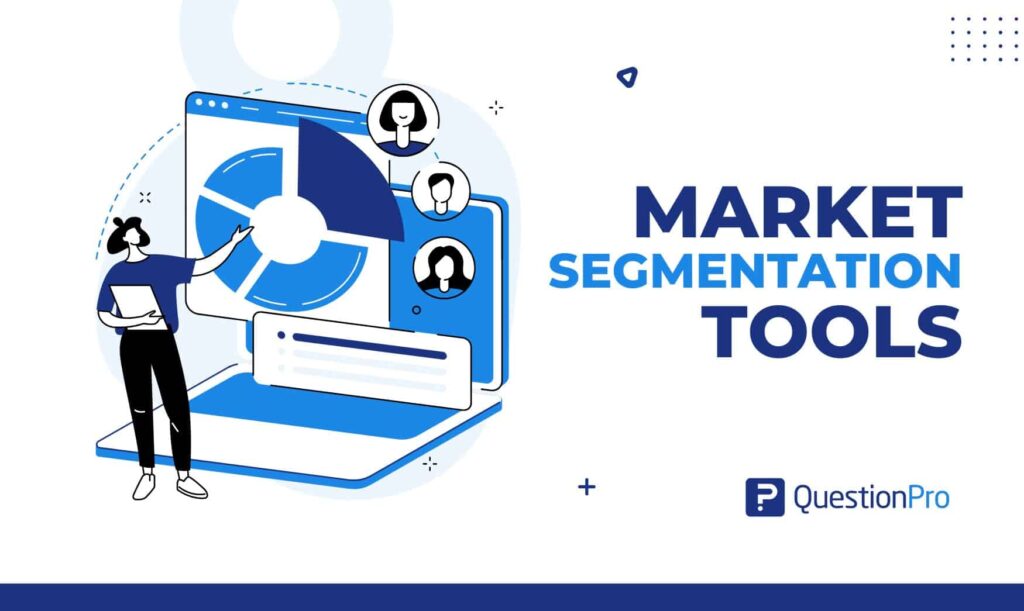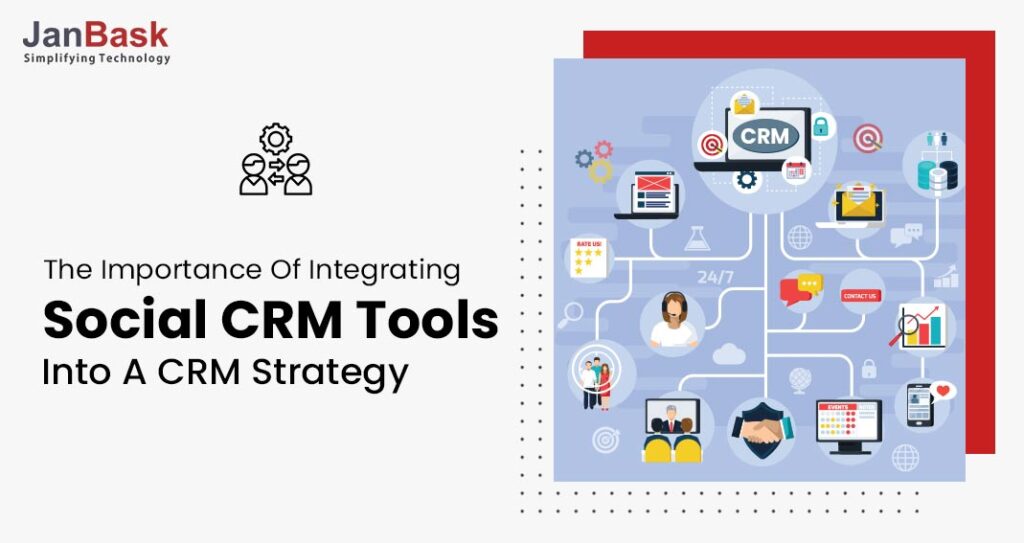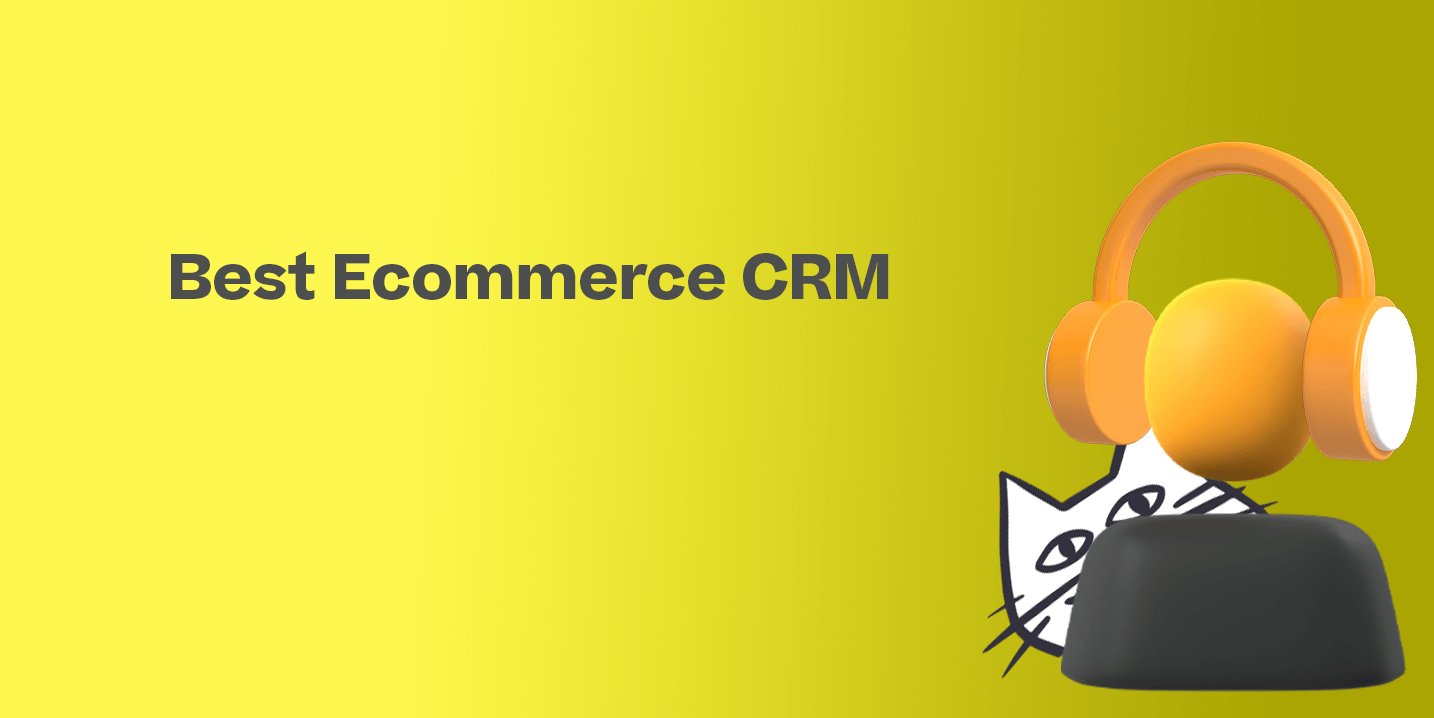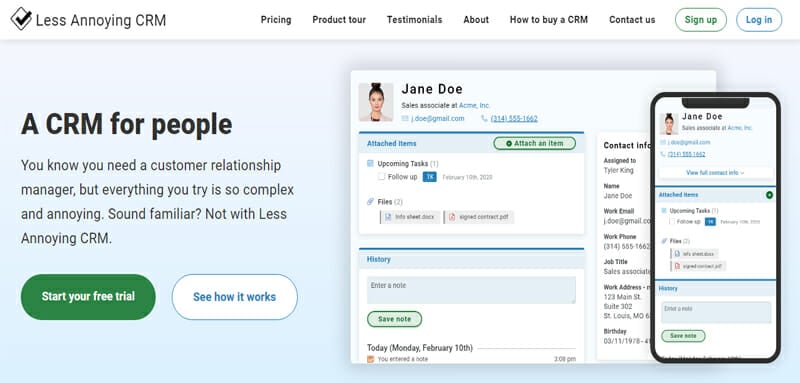
Unlock Customer Insights: The Ultimate Guide to CRM Marketing Segmentation Tools
In the ever-evolving landscape of digital marketing, understanding your customers is no longer a luxury; it’s a necessity. The ability to connect with your audience on a personal level, to anticipate their needs, and to tailor your message to resonate with their unique desires is what separates successful businesses from those that struggle to stay afloat. This is where the power of Customer Relationship Management (CRM) and marketing segmentation tools comes into play. They are the unsung heroes of modern marketing, providing the data-driven insights that fuel effective campaigns and drive sustainable growth. This comprehensive guide will delve deep into the world of CRM marketing segmentation tools, exploring their benefits, features, and how to choose the right ones for your business.
What is CRM Marketing Segmentation?
Before we dive into the tools, let’s establish a solid foundation. CRM marketing segmentation is the process of dividing your customer base into distinct groups (segments) based on shared characteristics. These characteristics can encompass a wide range of factors, including demographics (age, gender, location), psychographics (values, interests, lifestyle), behavior (purchase history, website activity), and even their engagement with your brand (email opens, social media interactions). The goal is to create targeted marketing campaigns that are more relevant and effective for each segment.
Think of it like this: you wouldn’t send the same generic email to every single person on your list, would you? That’s a surefire way to end up in the spam folder. Instead, you would craft different messages for different groups, perhaps offering a discount on a product that aligns with their past purchases or highlighting a blog post that caters to their specific interests. This is the essence of CRM marketing segmentation.
The Benefits of CRM Marketing Segmentation
Why bother with segmentation? The advantages are numerous and compelling. Here’s a breakdown of the key benefits:
- Increased Marketing ROI: By targeting your campaigns, you’re less likely to waste resources on individuals who aren’t interested in your products or services. This leads to a higher conversion rate and a better return on your marketing investment.
- Improved Customer Experience: When customers feel like they’re being understood and valued, they’re more likely to have a positive experience with your brand. Segmentation allows you to personalize your interactions, making customers feel like you’re speaking directly to them.
- Enhanced Customer Loyalty: Happy customers are loyal customers. By providing relevant content and offers, you can build stronger relationships and encourage repeat business.
- Better Product Development: Segmentation can reveal valuable insights into customer needs and preferences, helping you to develop products and services that meet their demands.
- More Effective Sales Efforts: Sales teams can use segmentation data to prioritize leads, tailor their pitches, and close deals more efficiently.
- Optimized Resource Allocation: Understanding your customer segments allows you to allocate marketing resources (budget, time, personnel) more effectively, focusing on the segments that are most likely to generate revenue.
Key Features to Look for in CRM Marketing Segmentation Tools
Not all CRM marketing segmentation tools are created equal. The features you need will depend on the size and complexity of your business, but here are some essential capabilities to consider:
- Data Integration: The ability to seamlessly integrate with other systems, such as your website, e-commerce platform, social media channels, and email marketing software, is crucial. This allows you to gather a comprehensive view of your customers.
- Segmentation Criteria: The tool should offer a wide range of segmentation criteria, including demographics, psychographics, behavior, and engagement. The more options you have, the more granular your segments can be.
- Automation: Look for features that automate repetitive tasks, such as sending targeted emails, updating customer profiles, and triggering actions based on customer behavior.
- Reporting and Analytics: Robust reporting and analytics capabilities are essential for measuring the performance of your campaigns and identifying areas for improvement.
- Personalization Capabilities: The tool should allow you to personalize your marketing messages, website content, and other interactions based on customer segment.
- User-Friendly Interface: The tool should be easy to use, even for non-technical users. A clean and intuitive interface will save you time and frustration.
- Scalability: As your business grows, your CRM marketing segmentation tool should be able to handle an increasing volume of data and users.
- Integration with Marketing Automation: A good tool will integrate with marketing automation platforms to create automated workflows based on segmentation.
Top CRM Marketing Segmentation Tools
The market is brimming with CRM marketing segmentation tools, each with its own strengths and weaknesses. Here are some of the leading contenders:
1. HubSpot CRM
HubSpot is a popular choice for businesses of all sizes, offering a comprehensive suite of marketing, sales, and customer service tools. Its CRM platform is free to use and includes robust segmentation capabilities. You can segment your contacts based on a wide range of criteria, create automated workflows, and track the performance of your campaigns. HubSpot’s user-friendly interface and extensive integrations make it a great option for beginners and experienced marketers alike.
- Pros: Free CRM, user-friendly interface, extensive integrations, comprehensive marketing features.
- Cons: Limited features in the free version, can be expensive for larger businesses.
2. Salesforce Sales Cloud
Salesforce is a leading CRM platform used by businesses worldwide. Its Sales Cloud offers powerful segmentation capabilities, allowing you to create highly targeted campaigns and track sales performance. Salesforce is known for its scalability and customization options, making it a good choice for enterprise-level businesses. However, it can be complex to set up and may require specialized expertise.
- Pros: Powerful segmentation features, scalability, customization options.
- Cons: Complex to set up, can be expensive.
3. Zoho CRM
Zoho CRM is a versatile and affordable CRM platform that’s well-suited for small and medium-sized businesses. It offers a wide range of features, including segmentation, automation, and lead scoring. Zoho CRM is known for its ease of use and competitive pricing. It integrates well with other Zoho apps and third-party applications.
- Pros: Affordable, user-friendly, good for SMBs, integrates well with other Zoho apps.
- Cons: Segmentation features may not be as robust as those offered by Salesforce.
4. ActiveCampaign
ActiveCampaign is a powerful marketing automation platform with robust segmentation capabilities. It’s particularly strong in email marketing and allows you to create highly personalized email campaigns based on customer behavior. ActiveCampaign is a good choice for businesses that want to automate their marketing efforts and nurture leads effectively.
- Pros: Powerful marketing automation, excellent email marketing features, good for lead nurturing.
- Cons: Can be overwhelming for beginners, pricing can be higher than some competitors.
5. Klaviyo
Klaviyo is a popular platform specifically designed for e-commerce businesses. It excels in email marketing and SMS marketing, allowing you to segment customers based on their purchase history, website activity, and other e-commerce-specific data. Klaviyo is known for its ease of use and its ability to drive revenue for e-commerce brands.
- Pros: Specifically designed for e-commerce, excellent email and SMS marketing features, easy to use.
- Cons: Primarily focused on e-commerce, may not be suitable for businesses in other industries.
6. EngageBay
EngageBay is an all-in-one marketing, sales, and service CRM designed for small businesses and startups. It offers a free plan and affordable paid plans, making it accessible for businesses with limited budgets. EngageBay provides segmentation features, marketing automation, and a user-friendly interface, making it a good entry-level option.
- Pros: Affordable pricing, all-in-one platform, user-friendly.
- Cons: Features may be less robust than those of more established platforms.
How to Choose the Right CRM Marketing Segmentation Tool
Choosing the right CRM marketing segmentation tool is a crucial decision. Here’s a step-by-step guide to help you make the right choice:
- Define Your Goals: What do you want to achieve with segmentation? Are you trying to increase sales, improve customer retention, or personalize your marketing messages? Your goals will guide your selection process.
- Identify Your Needs: What features do you need? Consider your budget, the size of your business, and the complexity of your marketing campaigns.
- Research Your Options: Explore the different tools available, comparing their features, pricing, and user reviews.
- Consider Integrations: Make sure the tool integrates with your existing systems, such as your website, e-commerce platform, and email marketing software.
- Try Before You Buy: Take advantage of free trials or demos to test out the tools and see if they meet your needs.
- Read Reviews: Look for reviews from other businesses to get an idea of the tool’s strengths and weaknesses.
- Prioritize Ease of Use: Choose a tool that’s easy to learn and use, especially if you don’t have a dedicated marketing team.
- Factor in Scalability: Choose a tool that can grow with your business.
- Consider Support: Check the level of customer support offered by the vendor.
Best Practices for CRM Marketing Segmentation
Once you’ve chosen a tool, it’s time to put it into action. Here are some best practices to ensure your segmentation efforts are successful:
- Start Small: Don’t try to segment your entire customer base at once. Begin with a few key segments and gradually expand your efforts.
- Define Your Segments Clearly: Be specific about the criteria you use to define each segment.
- Use Multiple Data Points: Don’t rely on just one data point to segment your customers. Use a combination of demographics, psychographics, behavior, and engagement data.
- Personalize Your Messages: Tailor your marketing messages to each segment, using relevant language, offers, and content.
- Test and Optimize: Continuously test and optimize your campaigns to see what works best.
- Monitor Your Results: Track your key performance indicators (KPIs) to measure the effectiveness of your segmentation efforts.
- Keep Your Data Clean: Regularly clean and update your customer data to ensure accuracy.
- Respect Customer Privacy: Be transparent about how you collect and use customer data.
- Be Consistent: Implement segmentation across all your marketing channels.
Examples of CRM Marketing Segmentation in Action
To illustrate the power of segmentation, let’s look at some real-world examples:
- E-commerce: An online clothing store segments its customers based on their purchase history. Customers who have purchased athletic wear in the past receive targeted emails promoting new arrivals in the athletic wear category.
- Software as a Service (SaaS): A SaaS company segments its users based on their level of engagement with the product. Users who haven’t logged in for a while receive a personalized email with tips and tutorials to re-engage them.
- Financial Services: A bank segments its customers based on their age and financial goals. Younger customers receive information about savings accounts and investing, while older customers receive information about retirement planning.
- Healthcare: A medical clinic segments its patients based on their health conditions. Patients with diabetes receive targeted emails with information about managing their condition.
- Travel: A travel agency segments its customers based on their travel preferences. Customers who have previously booked cruises receive targeted emails promoting new cruise destinations.
The Future of CRM Marketing Segmentation
The future of CRM marketing segmentation is bright, driven by advancements in artificial intelligence (AI) and machine learning (ML). These technologies are enabling marketers to:
- Automate Segmentation: AI can analyze vast amounts of data to automatically identify customer segments and create personalized campaigns.
- Predict Customer Behavior: ML can predict customer behavior, such as their likelihood to purchase a product or churn.
- Personalize in Real-Time: AI can personalize marketing messages and website content in real-time, based on customer behavior.
- Improve Campaign Performance: AI can optimize marketing campaigns by identifying the best channels, content, and timing.
As AI and ML become more sophisticated, CRM marketing segmentation will become even more powerful, enabling businesses to build stronger customer relationships and drive even greater results.
Conclusion
CRM marketing segmentation tools are essential for businesses that want to succeed in today’s competitive market. By understanding your customers and tailoring your marketing messages to their specific needs, you can increase your marketing ROI, improve customer experience, and build stronger customer relationships. Choose the right tool for your business, implement best practices, and embrace the future of AI-powered segmentation to unlock the full potential of your marketing efforts. The journey to truly knowing your customers begins with the right tools and a commitment to understanding their unique needs and desires.


